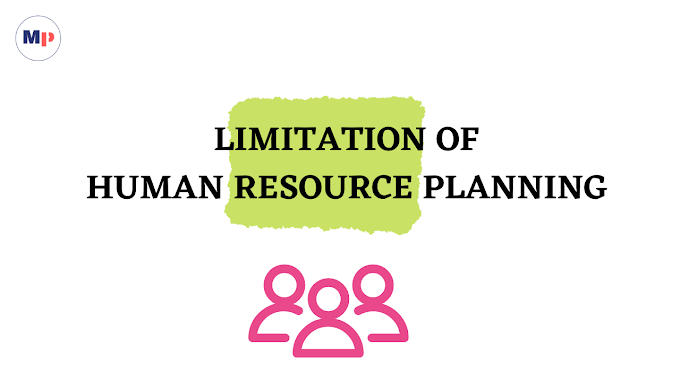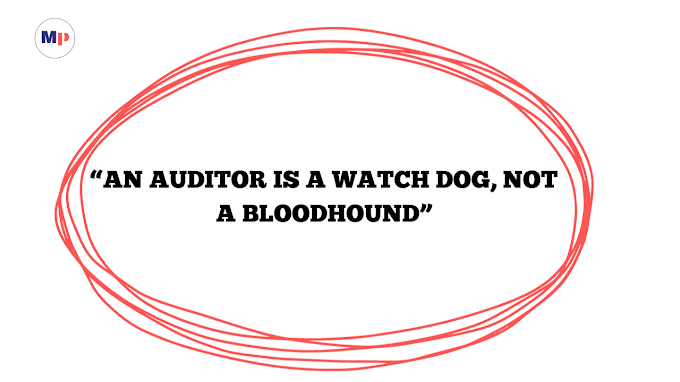CONSTITUENTS OF INDUSTRIAL RELATIONS
"Industrial relation is the joint responsibility of workers, employers and the government"
Industrial relations refer to the relations between employees and employers but rapid industrialization the world over has changed the entire theory radically. The introduction of machines has resulted in economic, social and psychological problems for workers and they have organized themselves under trade unions. As strikes and lockouts became common, management of industrial relations became more complex and governments of the countries could no more remain silent spectators. As state interference became imperative for regulation of labour-management relations the area of industrial relations has been extended to relations among the State, employers and the employees. The role behaviour of the three main constituents of industrial relations can be discussed as follows:
1. Workers represented by their organizations:
The two main components of any organization i.e. employers and employees have two conflicting psychologies; employees would like to earn their wages at minimum effort and employers would like to obtain maximum production and services out of wages paid by them to the employees. These conflicting interests of the two turn them impersonal and dehumanized. If the workers are forced to work in an alienated, unhygienic and monotonous work environment their dissatisfaction with the system increase. They form their unions. In turn, the unions combine themselves into larger national federations.
For example, in India, there are at least ten central organizations of workers, which have a large number of unions affiliated with them. These unions and associations represent the workers and protect their interests through collective bargaining and often use pressure tactics like strikes and gheraos etc. The worker's organizations get themselves affiliated with political parties. Thus workers acquire power, status and authority and they use this power to obtain better management discretion and pressurize them to yield to their demands for better wages, improvements in working conditions and more amenities and welfare measures.
2. Management:
As already discussed employers and employees are the two main factors in the system of industrial relations. Employers not only provide jobs to workers but also lay down the terms and conditions of their employment and various social security measures and labour welfare programmes. The manner in which the management gets work done through workers determines the quality and direction of its relations with the employees.
In modern times, as workers are represented through their unions and associations, employers have also formed their management associations which are manned by professional human relations experts. Generally, the management adopts the following leadership styles to manage the people at work.
(i) Exploitative and authoritarian system:
This system was prevalent in medieval times when there was a master and servant relationship in an organization. That was a period of sheer exploitation with low wages, long working hours and inhuman work conditions to the extent that in case of an accident while on duty, the worker had to depend upon his resources and if disabled, he was shown the exit door. There was none to support the just demands of workers for subsistence wages. In fact, this very style of management of industrial relations gave birth to revolution and trade unions.
(ii) Benevolent authoritative system:
Due to enactment of protective legislation by the government, conditions of sheer exploitation of workers at the hands of owners improved to some extent. Social pressure and legal provisions made owners somewhat benevolent in treating the workers as human beings who needed a certain amount of guidance and welfare amenities. However, they rarely conceded the adult privilege of having a say in their own affairs and continued their authoritative attitude, save legal provision.
(iii) Consultative management style:
With more and more industrialization, as an area of conflict between labour management enlarged, the government enacted more legislation to further protect workers' rights and interests. Gradually the system of consultative management system' started under which management will consult the workers' representatives before taking any major decision concerning staff welfare. However, management started dummy 'company unions' for establishing communication channels between them and their employees in a system of feedback from the shop floor upward. This type of management tries to undertake all possible welfare measures for the benefit of the workers.
(iv) Participative Style:
This is a stage of an association of labour with management without the final authority or responsibility in the general area of managerial functions. In this system, the management shares the decision-making power with the lower ranks of the organization. Thus, under the participative style, the workers have the scope to influence the managerial decision-making process at different levels by various forms in the organisation. The principal forms of workers* participation are information sharing, joint consultation and suggestions scheme, etc.
3. The State (Government):
It has already been discussed that as strikes and lockouts became common, management of industrial relations became more complex and governments of the countries could no more remain silent spectators. As state interference became imperative for the regulation of labour-management relations the area of industrial relations was extended to State, besides employers and the employees. In post-independence India, the government laid emphasis on the need for consultation between representatives of labour, management and the government In tripartite and bipartite forums.
Under instructions of the International Labour Organisation (ILO), the Government of India enacted several tripartite bodies like Indian Labour Conference (ILC), the standing labour committee (SLC) and the industrial committees to deliberate on various issues relating to labour and management that have far-reaching impact on the country's labour policies and legislation.
RELATED TOPIC
Characteristics of Human Resource Management
Objective of Human Resource Management
Scope of Human Resource Management





